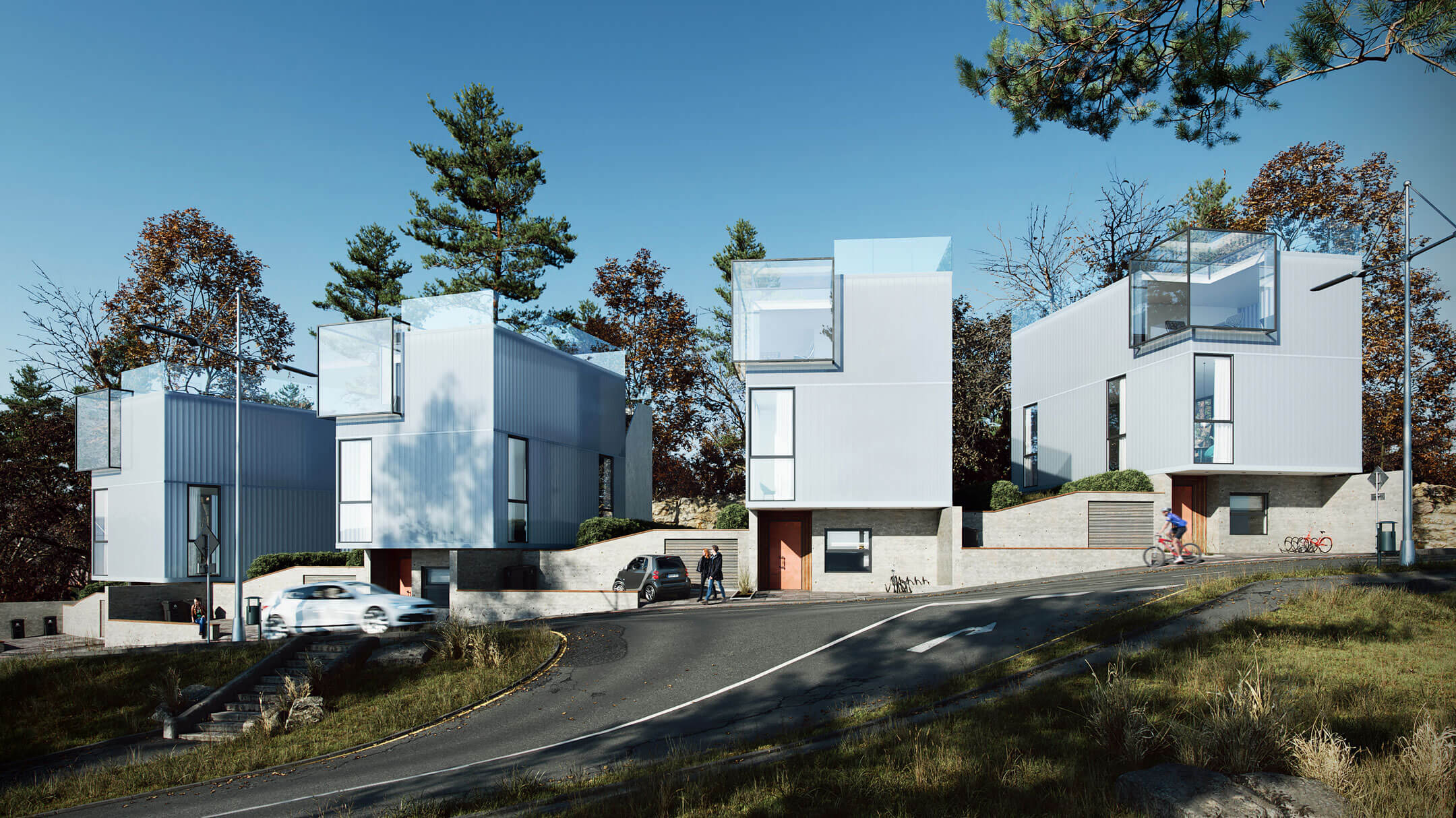In a world where technology is constantly evolving, it’s no surprise that even the way we design and build our homes is changing. One of the latest trends in home design is flying architecture, or 3D-printed homes that can be assembled quickly and easily. While this technology is still in its early stages, it has the potential to revolutionize the construction industry. In this blog post, we’ll take a look at how flying architecture works and some of the benefits it offers.
So far, flying architecture has been used to create small homes and structures, but there is no limit to what this technology can do. With flying architecture, you can build your dream home, or even a skyscraper! The possibilities are endless.
What is flying architecture?
In architecture, the term “flying architecture” generally refers to a type of temporary structure or installation that is designed to be moved or “flown” from one location to another. These structures are often lightweight and easy to assemble, making them ideal for use in remote or difficult-to-access locations. Flying architecture can also refer to experimental architectural designs that push the boundaries of traditional building methods and materials.
Some examples of flying architecture include temporary shelters or pavilions, mobile exhibition spaces, and inflatable structures.

The benefits of flying architecture
When it comes to architecture, flying models are often used to show the client or customer what the final product will look like. These models can be used for a variety of purposes, including:
- To show the client or customer what the final product will look like: This is perhaps the most common use for flying architecture models. By being able to see what the final product will look like, clients and customers can have a much better idea of what they are getting involved with.
- To help with the design process: In many cases, architects will use flying models as a way to help them figure out the best way to design a particular building or space. By being able to see the model from all angles, they can get a better sense of how everything will fit together.
- To sell the project: In some cases, developers or other interested parties may use a flying model to try and sell a particular project. By being able to see what the final product will look like, they can more easily convince others that it is worth investing in.
- To teach people about architecture: In some cases, architects may use their flying models to teach people about various aspects of architecture. For example, they might use them to explain how a particular type of construction works or how different architectural styles differ from one another.

The different types of flying architecture
There are three main types of flying architecture: gliders, hot air balloons, and blimps.
Gliders are aircraft with fixed wings and no engine. They rely on thermals – rising pockets of warm air – to stay in the air. Gliders can be very light and aerodynamic, making them great for soaring through the sky.
Hot air balloons are another type of flying architecture. Unlike gliders, they have an engine and can be steered. Hot air balloons use a burner to heat the air inside the balloon, making it lighter than the surrounding cooler air. This causes the balloon to rise until it reaches a stable altitude.
Blimps are large dirigibles that are usually filled with helium. Like hot air balloons, they can be steered using an onboard engine. Blimps are often used for advertising or as aerial observation platforms.
All three types of flying architecture have their own unique benefits and drawbacks. Gliders are very lightweight and can stay in the air for long periods of time, but they require good weather conditions to fly. Hot air balloons are more versatile than gliders, but they are not as efficient in terms of fuel usage. Blimps are very large and can be easily seen from the ground, but they are not as maneuverable as other aircraft.

How to create a flying architecture model?
When it comes to creating flying architecture models, there are a few key things you need to keep in mind. First, you need to make sure that your model is light enough to actually take flight. This means using lighter materials like cardboard or balsa wood, and avoiding heavier options like metal or stone.
Next, you need to create a stable base for your model. This will help it stay level while in the air, and will also prevent it from tipping over once it lands. You can do this by building a simple frame out of wood or plastic, or by using styrofoam balls as support.
Finally, you need to add some sort of propulsion system to your model. This can be anything from rubber bands to small propellers, and will help your model stay in the air for longer periods of time. With these three tips in mind, you should be able to create a flying architecture model that looks great and flies smoothly!
Conclusion
3D models of flying architecture are becoming increasingly popular as a way to visualize proposed buildings and structures. They offer a unique perspective that can help architects and engineers to spot potential problems and make necessary adjustments. As technology continues to develop, it is likely that flying architecture 3D models will become even more commonplace, providing an invaluable tool for those in the construction industry.





